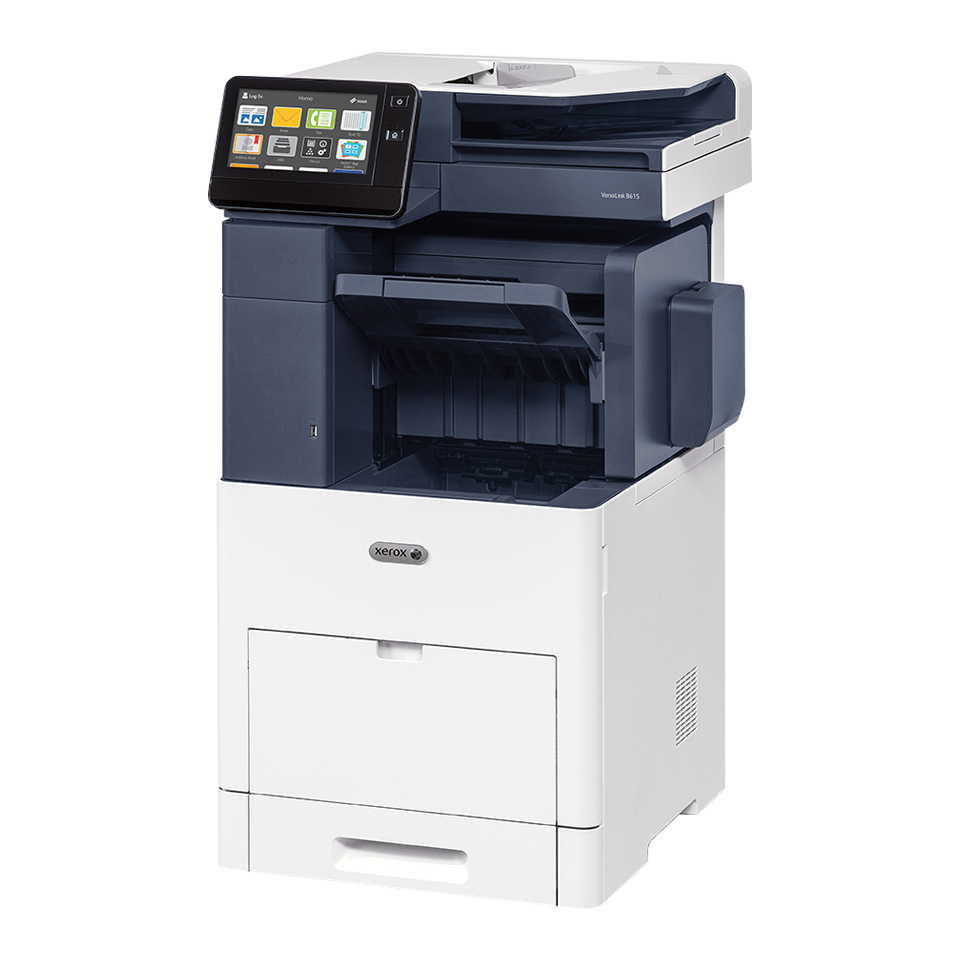
Talking about healthcare printing, they often think of hospitals, including organisations that deal with health concerns. The stored data must be carefully secured, and privacy should be properly regulated. They are talking about big organisations here, but what about the smaller ones? What about clinics, nursing homes, rehab centre, medical practices, and physical therapy, to name only a few.
Healthcare facilities, particularly smaller ones, should comply with the HIPAA policies, but they are trying to deal with little IT systems for support in some cases. This makes healthcare printing a greater challenge for security and confidentiality and more cost-effective. Often, they risk their confidentiality because of these practices. Patients’ records should be confidential, but before they realise it, the expenses in the printing costs are most likely creating a huge challenge for them.
If you are in San Antonio and you are looking for a Copier for your business, you may contact Clear Choice Technical Services in San Antonio. You can ask about Copier Leasing Services in San Antonio, Copier rental services in San Antonio, and Copier Repair Services in San Antonio.
Patients’ confidentiality should never be compromised unless they can find some helpful practices to take some control of it.
HEALTHCARE PRINTING PRACTICES THAT PATIENTS ARE AT RISK FOR PRIVACY
Paper documents are still in demand for reliability despite the rise of electronic health records (EHRs) in the printing industry. Although the HITECH (Health Information Technology for Economic and Clinical Health) addresses that healthcare providers should adopt EHRs as a requirement. Although printing is clearly to remain in the industry, it has to prioritise the security of technology as it increases new requirements for printing, about 11 percent.
- AVOID LEAVING DOCUMENTS ON THE PRINTER
Patients’ documents are confidential. Their information should be kept private. Being in a busy schedule such as a medical practitioner, some circumstances for getting interrupted unintentionally leaving the document on the printer. This should be avoided, especially when there are workers around, patients’ documents are at risk of being misplaced.
- SECURITY OF DATA ON THE HARD DRIVES
Malfunction on the printers includes storing data on the printer automatically, even if using a security pin system. The user has logged in using a pin before printing the document and then later picked it up. The documents are still stored on the printer, risking the patients’ confidentiality of potentially hacked information.
- RELIABLE POLICIES AND EMPLOYEE TRAINING
There should be the right training practices to be conducted on the employees on how they should be guided to abide by their companies’ security policies. It is hard to take comfort in trust issues at times. Becker’s Hospital Review reports that employees often take patient information by printing, scanning, or copying.
LESSEN COST IMPACTS IN THE HEALTHCARE PRINTING
- USING INCENTIVES
Incentivizing trusted healthcare workers to adopt security in electronic health records is a great idea. Those who care for patients’ EHRs deserve full medical fees for their meaningful service. They are lesser when unable to follow the Meaningful Use guidelines required to acquire the financial incentives program.
- AVOID EXPENSIVE FINES
This could mean everything to a healthcare provider, even just one breach of confidentiality on their patient. Studies of their misbehaviours towards it could somehow flatten the line, especially for circumstantial reasons.
- REDUCTION OF PRINT EXPENSES
Proper implementation to secure print and proper management of other healthcare services won’t be a waste of money on printing. It would reduce the expenses for printing materials such as paper, tonic, ink, and service costs. Also, it is a good idea to set up a print router on cost-effective printers to reduce more costly colour printing.
CONCLUSION
There is a better way to improve health printing in terms of the security of documents and reduce its cost at the same time. Proper implementation and policy management are the only keys to connecting both ways.










